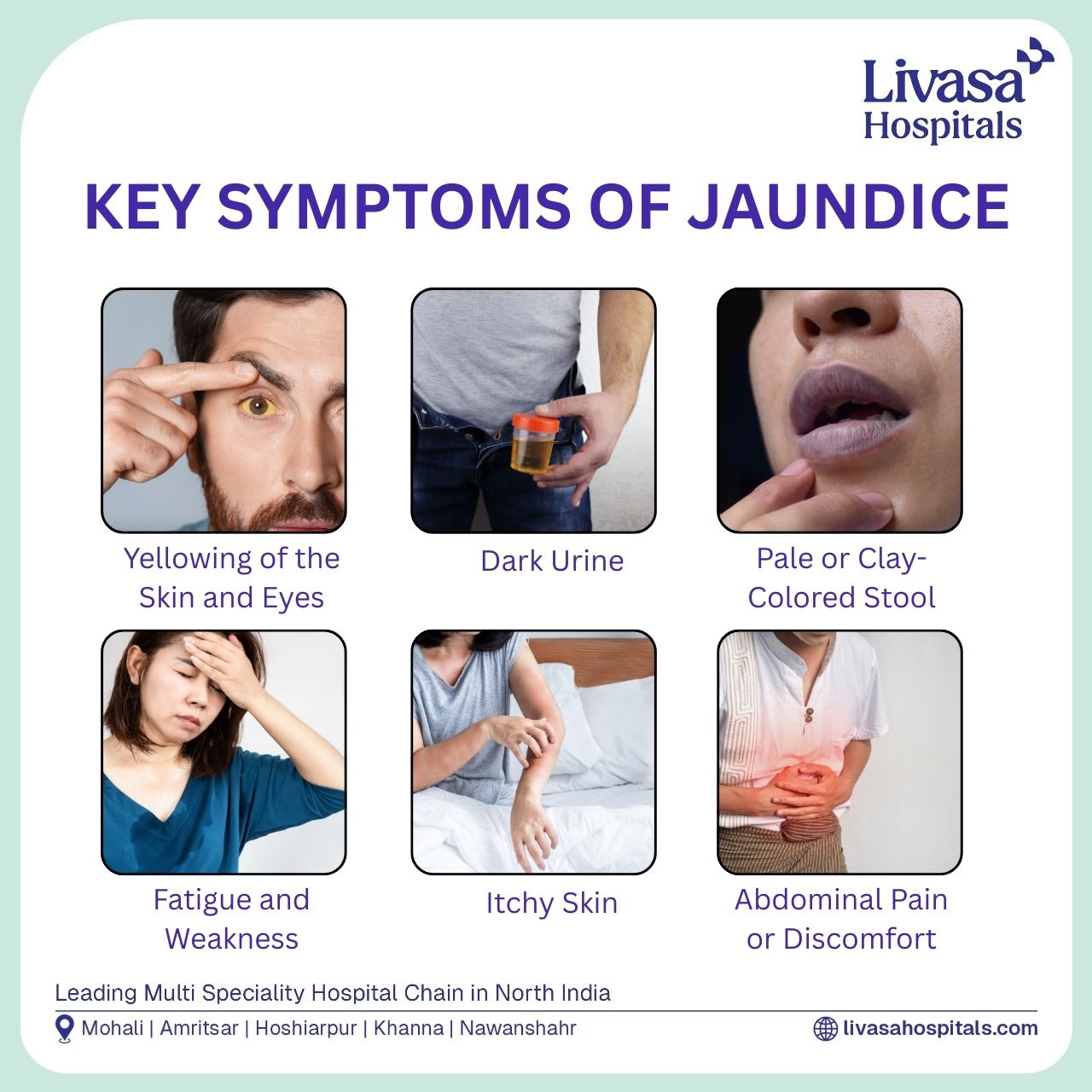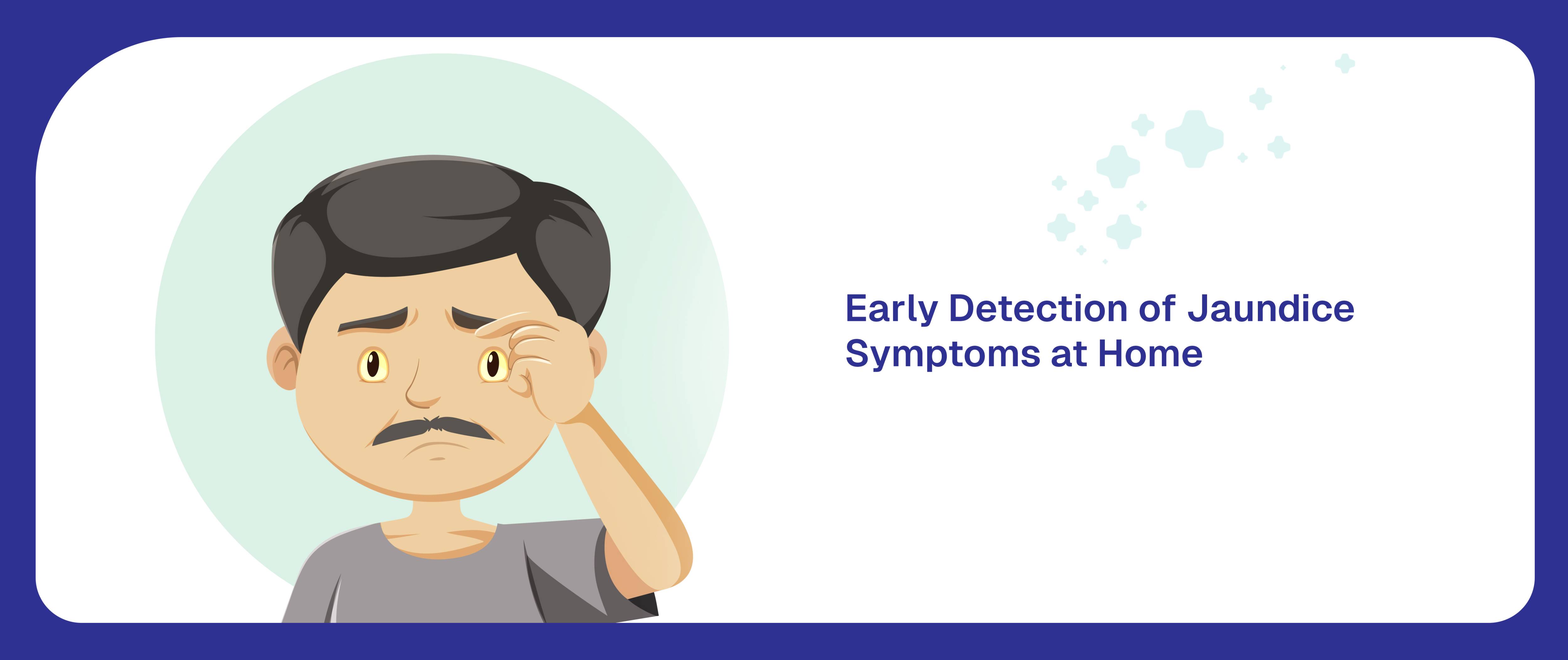Jaundice, characterized by a yellowish tint to the skin, eyes, and mucous membranes, occurs due to an excess of bilirubin in the blood. Bilirubin is a byproduct of the breakdown of red blood cells, and jaundice often indicates an issue with the liver, gallbladder, or pancreas. Early detection at home can help you seek timely medical care and prevent complications. Heres a guide to recognizing jaundice symptoms early from the comfort of your home.
Key Symptoms to Watch For
- Yellowing of the Skin and Eyes
The most noticeable symptom of jaundice is the yellow discoloration of the skin and whites of the eyes (sclera). Start by observing areas with good lighting, particularly in natural daylight, as the yellow hue may appear subtle initially. This discoloration often begins around the face and spreads to other parts of the body as bilirubin levels rise.
- Dark Urine
Dark-colored urine, often described as tea or cola-colored, is another early sign. This symptom occurs because excess bilirubin is excreted through urine. If the dark urine is not related to dehydration or diet, it could indicate jaundice.
- Pale or Clay-Colored Stool
Jaundice can lead to a change in stool color. Normally, bile produced by the liver gives stool its brown color. In cases of jaundice, reduced bile flow can make stool appear pale, gray, or clay-colored.
- Fatigue and Weakness
Many people with jaundice experience general fatigue and weakness due to the underlying liver dysfunction or associated conditions. Pay attention to persistent tiredness that isnt alleviated by rest.
- Itchy Skin
Excess bilirubin can irritate the skin, leading to persistent itching. This symptom is often overlooked but can be an important early indicator of jaundice.
- Abdominal Pain or Discomfort
Pain in the upper right side of the abdomen could indicate an issue with the liver or gallbladder, often associated with jaundice.

Performing Home Checks
- Skin and Eye Examination: Check for yellow discoloration in the skin and eyes in natural light. Pay special attention to the face, palms, and soles.
- Monitor Urine and Stool: Take note of any significant changes in urine and stool color. These can provide critical early clues.
- Track Symptoms: Keep a record of unusual fatigue, itchiness, or abdominal discomfort.
Causes of Jaundice
Understanding potential causes can help identify the severity and urgency of the condition. Common causes include:
- Hepatitis: Viral infections affecting the liver.
- Gallstones: Blockages in the bile duct.
- Liver Disease: Conditions like cirrhosis or fatty liver disease.
- Hemolysis: Rapid breakdown of red blood cells.
When to Seek Medical Attention
While home detection is helpful, its essential to consult a doctor if you notice:
- Persistent yellowing of the skin or eyes.
- Severe abdominal pain or swelling.
- Symptoms accompanied by fever or chills.
- Unexplained weight loss.
Preventive Measures
- Maintain a healthy diet with liver-friendly foods like fruits, vegetables, and whole grains.
- Stay hydrated to support overall health.
- Avoid excessive alcohol consumption.
- Practice good hygiene to reduce the risk of infections like hepatitis.
Conclusion
Early detection of jaundice symptoms at home can significantly impact health outcomes. By being attentive to changes in your body and seeking timely medical care, you can address the underlying causes effectively and safeguard your well-being.


